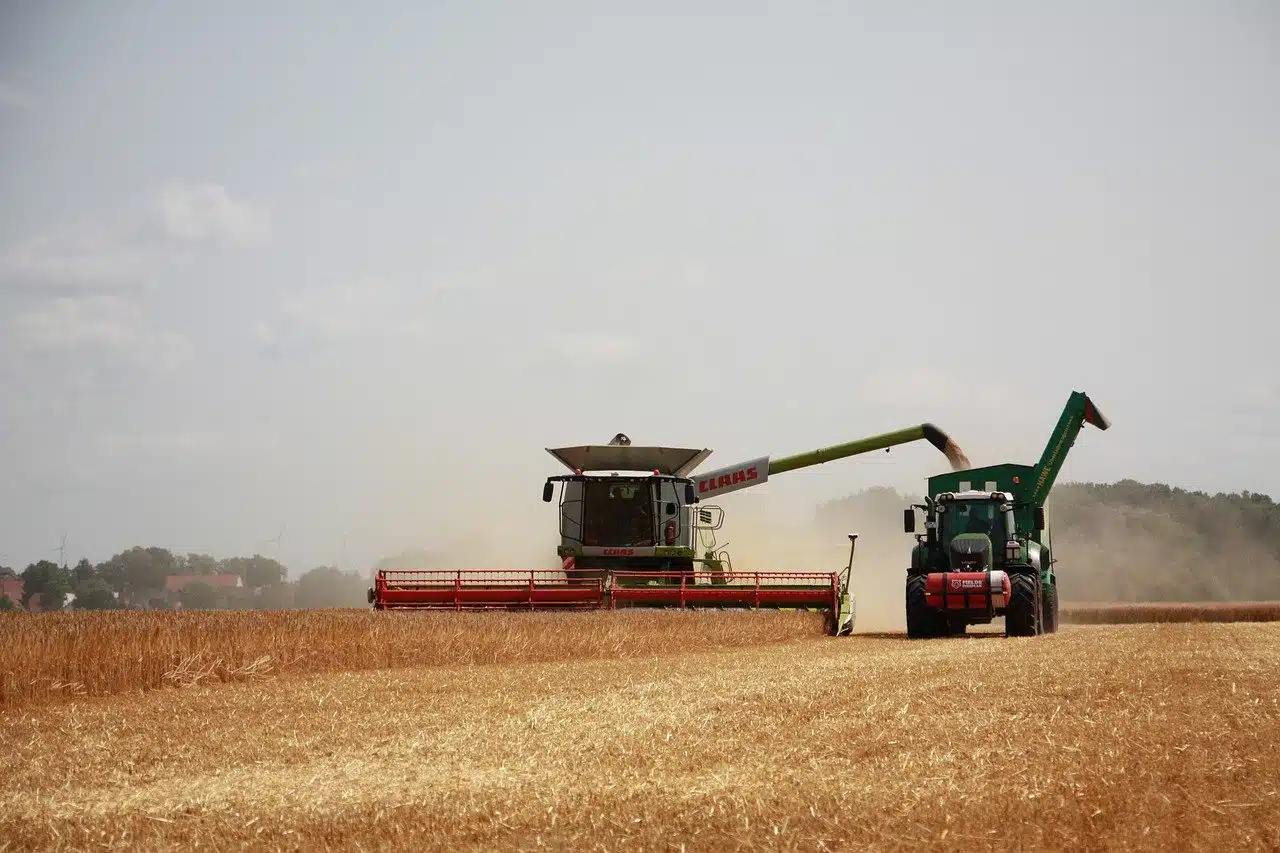
An agricultural operation makes it possible to obtain wealth from the land.
Agricultural exploitation is the set of socioeconomic activities that allow obtaining wealth from the land . The products obtained through agricultural operations are known as agricultural products , as they include agricultural and livestock production.
The etymological origin of the concept that we will analyze in depth below is found in Latin. And the two words that make it up emanate from that language:
- Exploitation is the result of the sum of the following Latin components: the prefix ex , which can be translated as "outward" ; the verb plicare , which is synonymous with "to make folds" ; and the suffix -cion , which is equivalent to "action and effect" .
- Agricultural , for its part, is the result of the union of three delimited parts: the noun ager , which means "crop field" ; the verb colere , which can be translated as "cultivate" ; and the suffix -a , which symbolizes the agent who performs a specific action.
Farming concept
The notion of exploitation refers to the action and effect of exploiting , a verb that refers to extracting profits or wealth from an industry and obtaining resources from a source, among other meanings. Agricultural , meanwhile, is that which belongs to or relates to agriculture . This term is linked to the cultivation or tillage of the land , including all those works linked to the planting of vegetables and the treatment of the soil.
The activities that make up agricultural exploitation are part of the primary sector of the economy , which involves the transformation of natural resources into unprocessed products. Agriculture, livestock, beekeeping , hunting, fishing and forestry are included in the primary sector.

The agricultural holding can have different characteristics.
Classification according to type
Agricultural exploitation can be direct (if the owner is directly responsible for the exploitation) or indirect (when the use of the land is leased or transferred). Both farms can be carried out with the work of day laborers (who are paid per day of work), employees (with a dependency relationship to the owner and a monthly salary) or through family work (the owner and his family members dedicate themselves to working in the field).
In the case of agricultural holdings that are primarily intended for agriculture, we would have to emphasize that there are two large groups:
- Extensive . They fall within what is known as organic farming and are fundamentally defined by the fact that what they do is resort to the use of the natural resources that exist on their lands. Hence, they do not use modern systems, whether chemical or technological, that allow them to obtain greater production.
- Intensive . These agricultural operations are based on sowing, which need to use everything from chemical products, such as fertilizers, to fuels such as oil, including pesticides and mechanical systems. Many workers usually work on this type of land and they manage to obtain a high production of any type of crop that exists there.
Statistics indicate that, throughout the world, there is one agricultural operation for every twelve inhabitants. Of that large number, only 15% of farms exceed two hectares.
